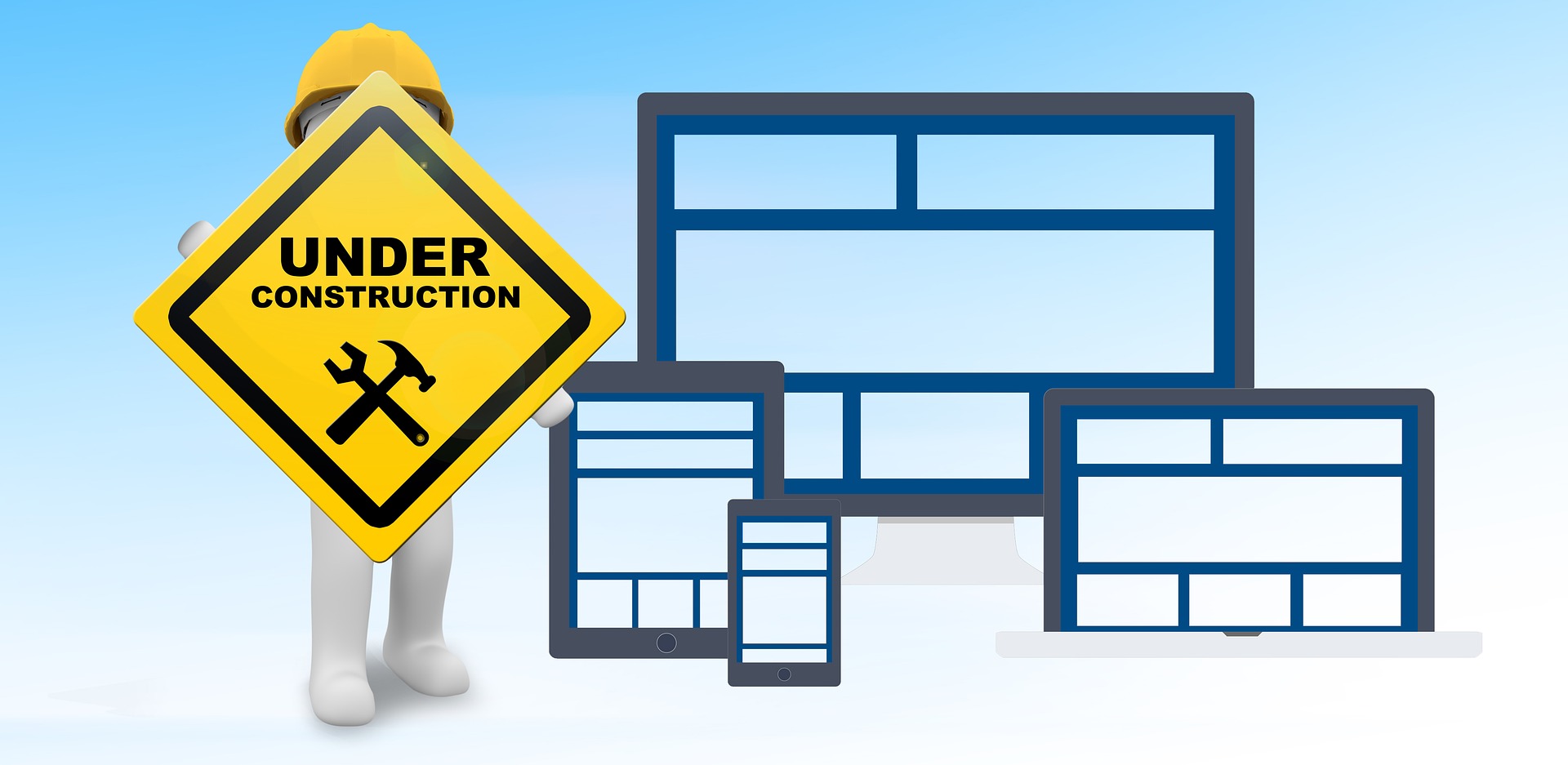Like all creative ventures, designing a high-quality website takes time. The answer to this question varies widely but we’re asked it all the time, so let’s talk about an average. A typical website takes us four to twelve weeks to complete once all content is gathered. The time your website design project might take depends on the following factors:
- The size of your website
- The readiness of your content
- The complexity of the functionalities of your website
- The efficiency and effectiveness of your feedback
We tell all of our new clients this when we kick off a new project: The number one way you can help speed up the process is by being responsive during design revisions and providing thorough feedback as we perfect the look and feel of your new website design and user flow.
To give you an idea of the web design process, here’s how the latest redesign of our own website worked:
- 2 weeks: Planning Stage – two copywriters, a web/graphic designer, a UX/UI designer, and me (project manager, creative director, branding decision maker, coffee brewer/pourer/top-offer)
- 2 weeks: Content Stage – copy and multimedia content
- 2 weeks: Design Stage – site design including custom graphics
- 4 weeks: Development Stage – coding the site, integrating our CRM and email marketing software, and testing and debugging for cross-browser and -operating system compatibility
The development overlapped design and our redesigned website launched in just over two months.
How to Get Your Website Built Fast
Here are the four biggest bottlenecks to the website production process we typically experience with our projects:
Content
By far the biggest bottleneck to the timing of a website launch is how quickly the content is provided to us (if we aren’t producing it for our clients ourselves).
Pages
In short, larger websites take longer to design and build than smaller ones. The more pages, especially custom designed and coded page templates, a website has, the longer it takes. Each additional page requires a design round, coding, a QA (quality assurance) round, mobile compatibility, graphic design, content uploading, SEO tagging, etc.
Functionality
We refer to functional elements of a website as those dynamic areas of the website that are more complex than static pages. This can include software integrations, live social media feeds, search and filters, portfolios, etc. These elements are more complex to program and require additional testing to debug and achieve seamlessnes.
Number of Stakeholders
How many people will be weighing in throughout the design process? As the number of stakeholders involved increases, the length of time it takes to perfect the design increases as well – usually because nobody has the same definition of perfection…
If you are looking to get your new website launched quickly, focus on developing and solidifying your site map (the pages that make up your site and their tiered architecture on the site), preparing your web page content, and defining any functional elements you’d like included in our scope of work.
When we start our projects together with a new client, we’ll develop a detailed milestone schedule and discuss progress and projected timelines during our weekly progress report sessions. With your vision for the new site clear and your content ready, we can get your website designed and launch ready in record time.
